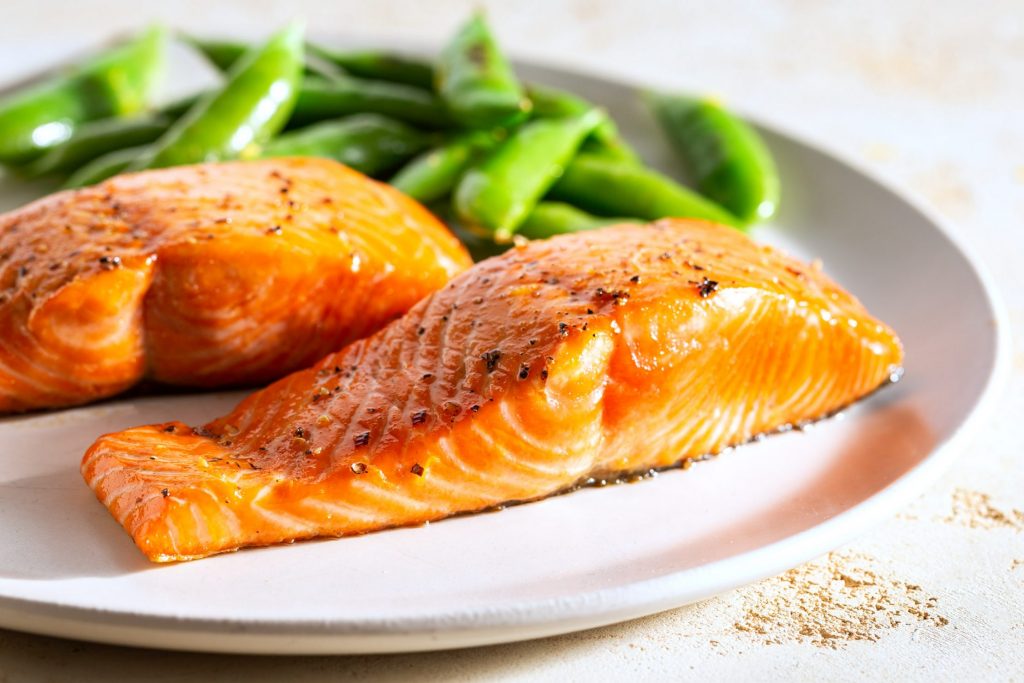Why Fresh Ingredients Beat Ultra-Processed Foods Every Time

New research suggests that ultra-processed foods may be stealing years from your life.
What are these studies about and why are they important?
Actually, there have been two important studies of ultra-processed foods recently. One is an observational study of roughly 45,000 adults in France, published in JAMA Internal Medicine in February 2019, showed an association between intake of ultra-processed foods and the risk of premature death. The higher the proportion of total food intake made up of ultra-processed foods, the greater the risk of dying prematurely.
The other study was a short-term intervention trial in which 20 adults were randomly assigned to a sequence of diets for two weeks each: one made up of ultra-processed foods, the other made up of unprocessed foods. The meals were matched for calorie levels, but participants could eat as much as they wanted. They ate roughly 500 calories more per day when eating highly processed foods, and gained weight as a result.
What exactly are ultra-processed foods and how are they different than processed foods?
An ordinary processed food can range from anything that is prepared and packed for home use, dried lentils in a bag, a can of beans in water with salt, to breakfast cereals made from a mix of whole grains, some salt, and sweetener. In contrast, ultra-processed foods typically have at least five ingredients, often many more, and some of the ingredients are industrial formulations not found in a home kitchen, such as hydrolyzed protein. If the ingredient list is short and familiar, and if all of the ingredients are things you might have in your kitchen it’s an ordinary processed food. If the ingredient list is long, contains unfamiliar entries you’ve never had in your kitchen, it’s likely to qualify as ultra-processed.
Why do you think the people on the diet of ultra-processed foods ate more calories?
In his book, Salt, Sugar, Fat, The Extraordinary Science of Addictive Junk Food, Michael Moss tells how big food companies hire scientists to develop foods people can’t stop eating. They explore combinations of texturizers, and flavorants—notably sweeteners, and sources of salt—to find ones that send the appetite center in our brains into overdrive. The food scientists describe this as the “bliss point,” but we in public health know it by its consequences: big corporate profits at the expense of rampant obesity, diabetes, and other preventable chronic diseases.
Avoiding ultra-processed foods and a highly processed diet overall can help reverse engineer what we might call The Moss Effect by preventing the appetite center from going into overdrive thus reducing the calories required to feel full.
Bite for bite, ultra-processed foods are highly concentrated in calories and offer little to no nutrition—no wonder it’s so easy to hit a high-calorie quota in such a small volume of food and still be hungry. On the flip side, wholesome unprocessed foods are nutrient-rich, less calorie dense, and tend to take up more space on your plate and in your gut, delivering optimal satiety and long-lasting energy.
Do you attribute the weight gain observed during the ultra-processed food phase solely to increased calories consumed, or could there be other contributing factors such as food quality that may also be responsible for the observed weight gain?
Ultimately, weight is about energy balance; and energy balance has many facets: Yes, at a very basic level it can be a matter of calories consumed versus calories expended. However, there are other factors that also impact energy balance such as hormones, metabolism, and the microbiome. Ultra-processed food attacks energy balance from each of these angles: They stimulate the hormones that control appetite response, leading to overeating. This can trigger both weight gain and hormonal imbalances, which may further aggravate the appetite stimulation and overeating. It’s a complex, positive-feedback loop that leads from some weight gain and overeating, to more. But it’s all set in motion by the intentionally appetite-stimulating properties of ultra-processed foods.
Some people who read this article may come to the conclusion that all processed food is bad, and that controlling calories is the key to weight management. Do you agree with that?
Dried beans are processed, they didn’t dry themselves and jump into a bag. Freezing is processing; cooking is processing. What really matters is whether the processing results in something wholesome or not, and that depends on what is added to the food, and what’s taken away. If food starts out as wholesome, let’s say those lentils, and processing doesn’t add a lot of sugar, salt, and/or artificial ingredients, and it doesn’t strip away the nutrients native to the lentils—you still get the nutrition from lentils—then the processing isn’t your enemy. It’s when processing strips away the nutrients and/or adds things that we don’t that processing devolves into an enemy of health.
Do these studies support or negate any current diet trends, such as tracking macronutrients, low fat vs low carb, or whether eliminating a certain nutrient or food group, like gluten, dairy, or grains, is the key to weight loss?
I’ve long argued that both the quantity and quality of calories matter, and that the best way to control the former is to focus on the latter. In other words, calories count, but you don’t have to count calories. Instead, eat a diet of wholesome foods, and among its many favors, that diet will fill you up with relatively few calories. You can eat your fill, without overeating. You can’t do that with ultra-processed foods, and that, as Michael Moss tells us, is by design.
What practical advice would you give to someone who wants to incorporate this study’s findings into their routines in an effort to improve their health and wellbeing?
Base your diet on wholesome, whole, minimally processed foods as much as possible. Apply the same notion to packaged foods by using this simple tip: the shorter the ingredient list, the better. The most nutritious foods of all have an ingredient list one-word long (e.g., kale) and there’s just no place to hide any food-industry mischief there.









